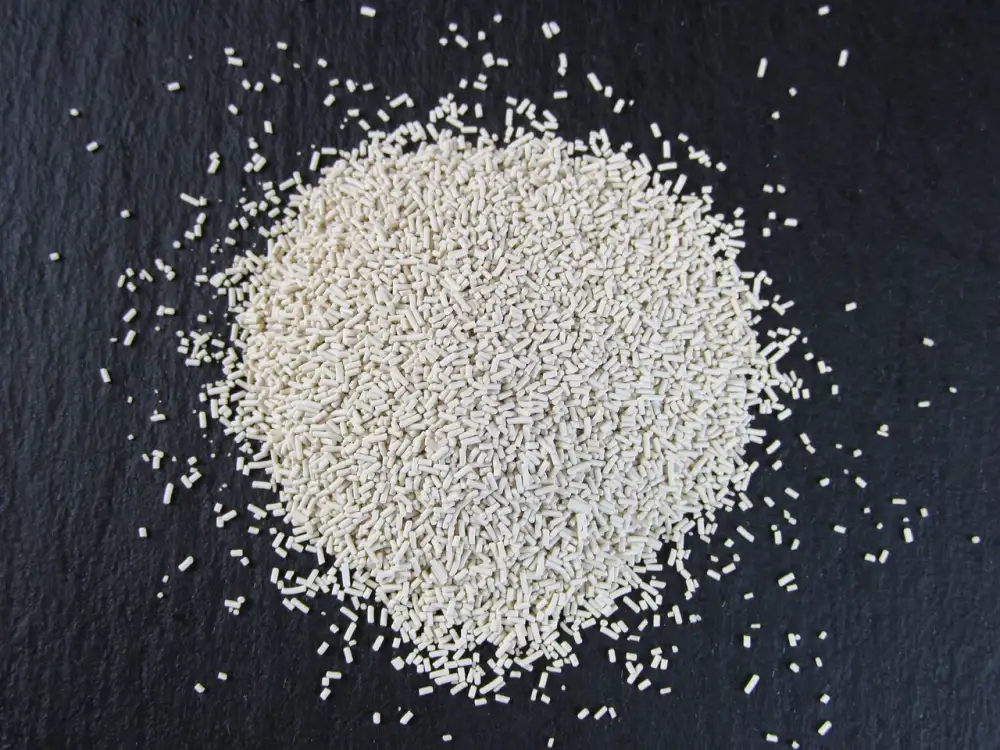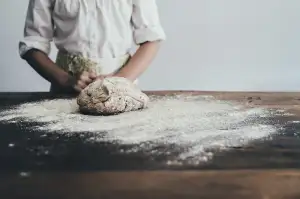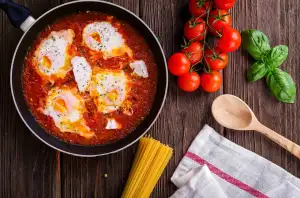Mastering Baking: Unleashing the Power of Dry Yeast in Your Recipes

Dry yeast is a key ingredient in baking that helps dough rise and gives bread its airy texture. It is a type of yeast that has been dehydrated and packaged into granules or pellets for extended shelf life. There are two main types of dry yeast: active dry yeast and instant yeast. Active dry yeast needs to be activated before use, while instant yeast can be added directly to the dry ingredients. Both types work by consuming sugars in the dough and producing carbon dioxide gas, which causes the dough to rise. Dry yeast is a versatile and essential component in many baking recipes, from bread and pizza dough to pastries and cinnamon rolls.
Benefits of Using Dry Yeast in Baking
Dry yeast is a staple ingredient in baking that offers numerous benefits. One key advantage of using dry yeast is its long shelf life compared to fresh yeast, making it convenient for home bakers. Dry yeast is also easy to use and requires no proofing, unlike fresh yeast which needs to be activated in warm water with sugar. Additionally, dry yeast provides consistent results in baking due to its standardized composition, ensuring reliable fermentation and rise of dough every time. Its versatility allows for a wide range of recipes from bread and pizza dough to sweet pastries and more.
How to Activate Dry Yeast
Activating dry yeast is a crucial step in baking to ensure that your dough rises properly. To activate dry yeast, start by warming water to around 110°F (43°C) – too hot and it can kill the yeast, too cold and it won't activate. Dissolve a small amount of sugar in the warm water to provide food for the yeast. Sprinkle the dry yeast over the water and let it sit for about 5-10 minutes until it becomes foamy. This foam indicates that the yeast is alive and active, ready to be added to your recipe. If the mixture doesn't foam, your yeast may be expired or the water temperature may have been off. Properly activated yeast will help your baked goods rise beautifully every time!
Tips for Using Dry Yeast in Recipes
1. Check the expiration date: Always make sure your dry yeast is fresh before using it in your recipes to ensure optimal results.
2. Use warm liquids: When activating dry yeast, use warm (not hot) liquids to help activate the yeast effectively.
3. Avoid salt contact: Salt can inhibit the growth of yeast, so it's best to add it after the yeast has been activated and mixed with flour.
4. Proof the yeast: To ensure your yeast is active, proof it by mixing it with a small amount of sugar and warm water before adding it to your recipe.
5. Allow time for rising: Be patient when working with dry yeast as it requires time to rise properly, follow recipe instructions for proofing and rising times.
By following these tips, you can unleash the full potential of dry yeast in your baking recipes and achieve delicious results every time.
Popular Recipes Using Dry Yeast
1. **Classic Homemade Bread**: A staple in many households, homemade bread is a favorite recipe using dry yeast. The process of proofing the yeast and allowing the dough to rise results in a delicious loaf with a soft interior and crispy crust.
2. **Pizza Dough**: Whether you prefer thin and crispy or thick and chewy crusts, dry yeast is essential for making pizza dough from scratch. The yeast helps the dough rise, creating that perfect base for your favorite toppings.
3. **Cinnamon Rolls**: Indulge in the sweet aroma of freshly baked cinnamon rolls made with dry yeast. The yeast contributes to the fluffy texture of the rolls, making them irresistible for breakfast or as a dessert treat.
4. **Pretzels**: Soft pretzels are a popular snack enjoyed by many, and dry yeast plays a crucial role in achieving their signature chewy texture. Boiling the pretzels before baking gives them that distinct flavor while the yeast provides the desired rise.
5. **Bagels**: Another beloved baked good that relies on dry yeast is bagels. This recipe involves boiling the dough before baking to achieve that iconic chewiness, with the yeast ensuring a light and airy interior.
These popular recipes showcase how versatile dry yeast can be in elevating your baking creations, from bread to pastries to savory snacks like pretzels and bagels. Experimenting with different recipes will help you master the art of using dry yeast effectively in your baking endeavors.
Published: 09. 04. 2024
Category: Recipes



